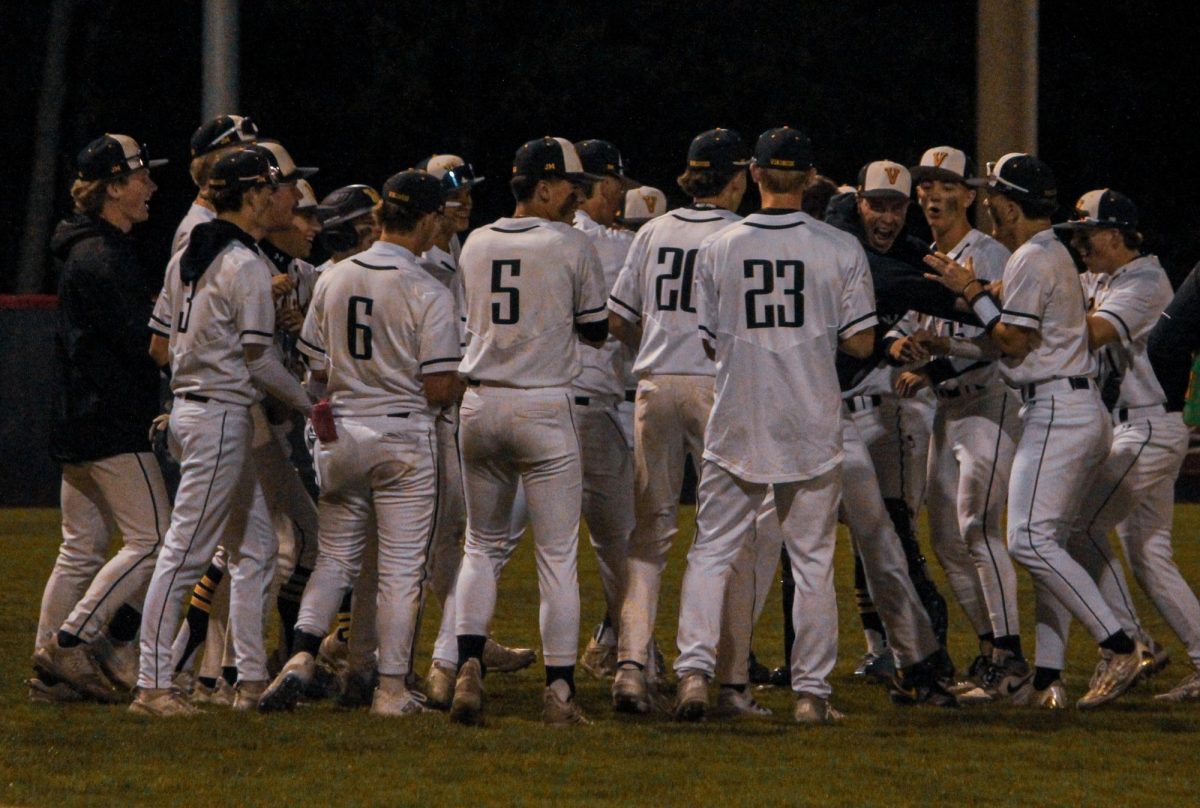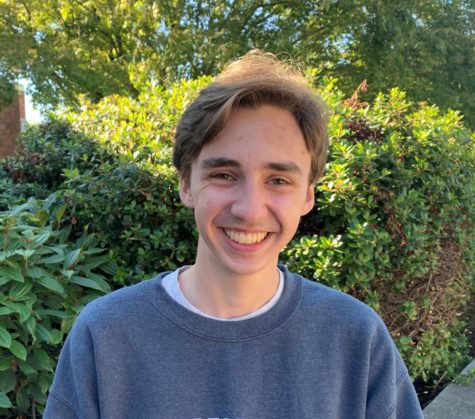The crowd member’s hands formed “V” shapes and clapped together in unison. On the floor in front of the risers, the Inglemoor football team led a new cheer as part of a pep assem-
bly. No other fall sports received a new cheer of their own, nor was any other sport recognized and invited onto the floor. The focus on football at this assembly and others like it, has led many, in the words of one survey respondent, to say that Inglemoor High School’s culture emphasizes “football, football, and football.”
“I think the attention that the football team gets is more than other sports,” Principal Adam Desautels said. “I think it’s something we need to get better at.”
Accounting for players, coaching staff, boosters, cheerleaders, adult attendees and the various other groups who are involved and invested in making games a success, high school football often has a major influence on the school and the community in which it resides.
Athletic Director Lance Gatter said he attributes the impact of the football team on the environment at school to its influence on American culture as a whole.
“I think if you talk with any number of principals or athletic directors, they would tell you that if your football team starts off with success, there tends to be an atmosphere on your campus that’s more positive than if your football team is not having a lot of success,” Gatter said.
Both Desautels and Gatter said they recognize the football team’s cultural importance to the school. Desautels said that the sport is integral in connecting and providing common purpose to the school’s many separate groups, such as IB, AP, athletics, band and clubs.
“I think that football and other sports sometimes give us a platform to actually draw attention to other programs,” Desautels said. “[On Oct. 3] at the football game, we recognized three members of the girls tennis team that went to state at half time.”
One subject brought up multiple times by survey respondents was the large amount of attention paid to football at most pep assemblies. Assemblies are planned and run by the
Associated Student Body (ASB), and some members said they recognized the need for a cultural adjustment.
Senior ASB President Maya Oleynikova said she agrees that a main focus of ASB is
to work on bettering the school’s environment, but also said that every student has a role.
“A lot of the activities that we do try to contribute to a better school culture,” Oleynikova said. “But it has to come from the students and it has to come from the student body wanting to participate and wanting to show pride in their school.”
English teacher Joanna Walker said that she has noted the work of ASB in promoting change. “I know there’s some students that don’t feel that they find their place here,” Walker said. “[But] I definitely sense that the administration and ASB are actively working on that.”
According to Desautels, cooperation betweenASB, staff and the administration will be necessary to foster change in creating an environment where everyone is recognized—not just football.
“What we want to do to make sure that we’re building a community where everyone feels like they belong and that they’re just as valued as everyone else,” Desautels said. “I think that’s the real key.”
















